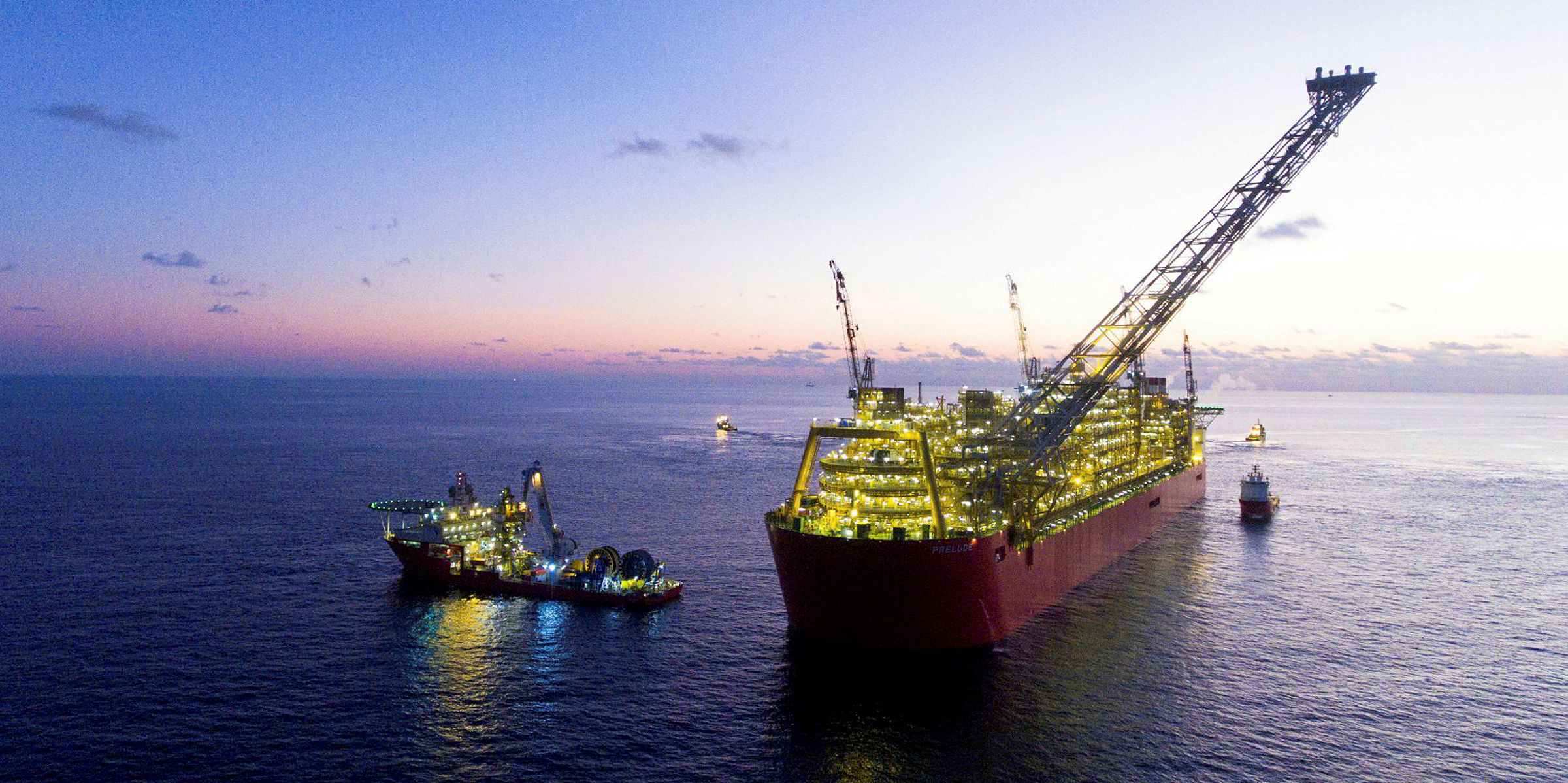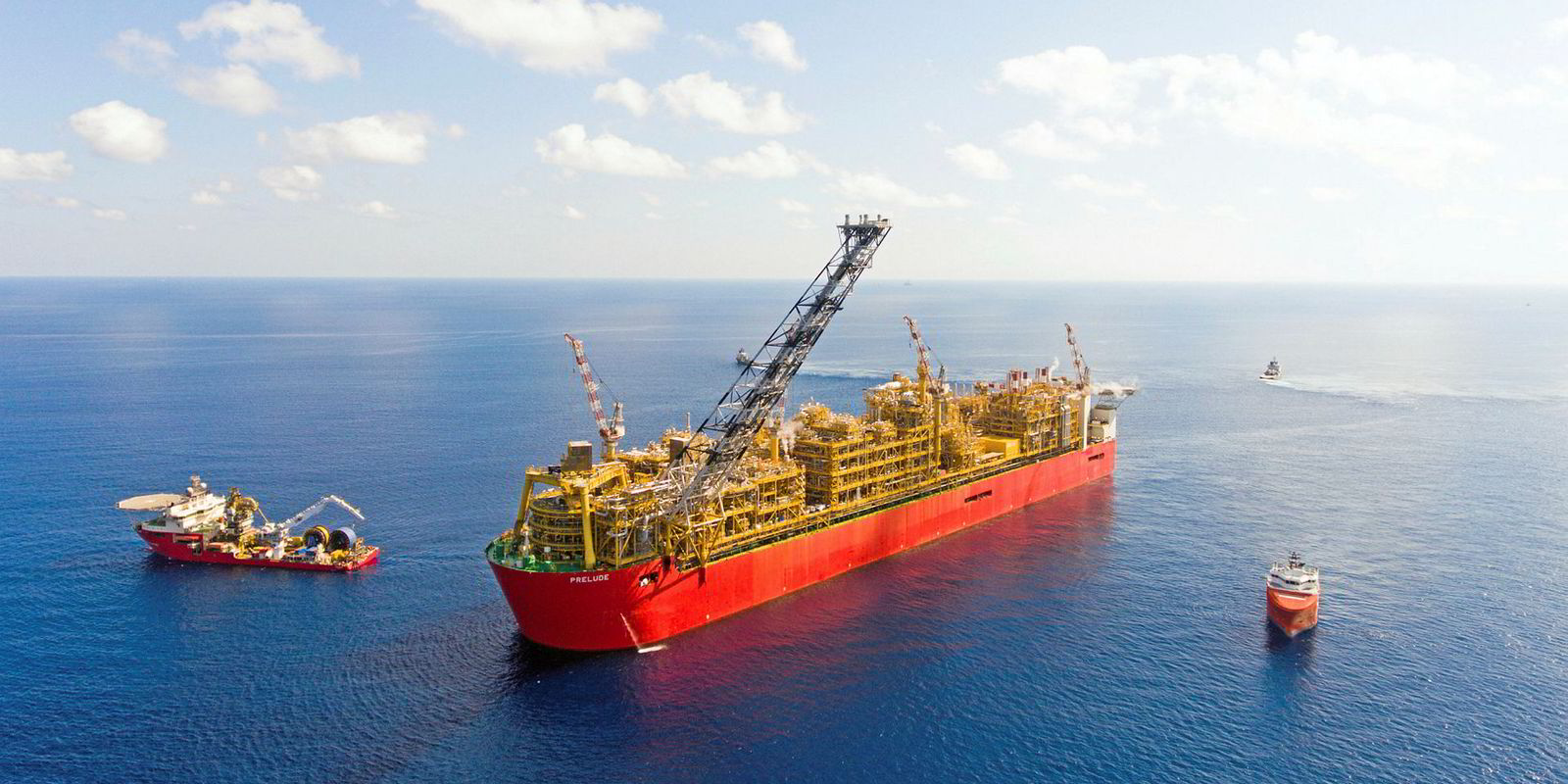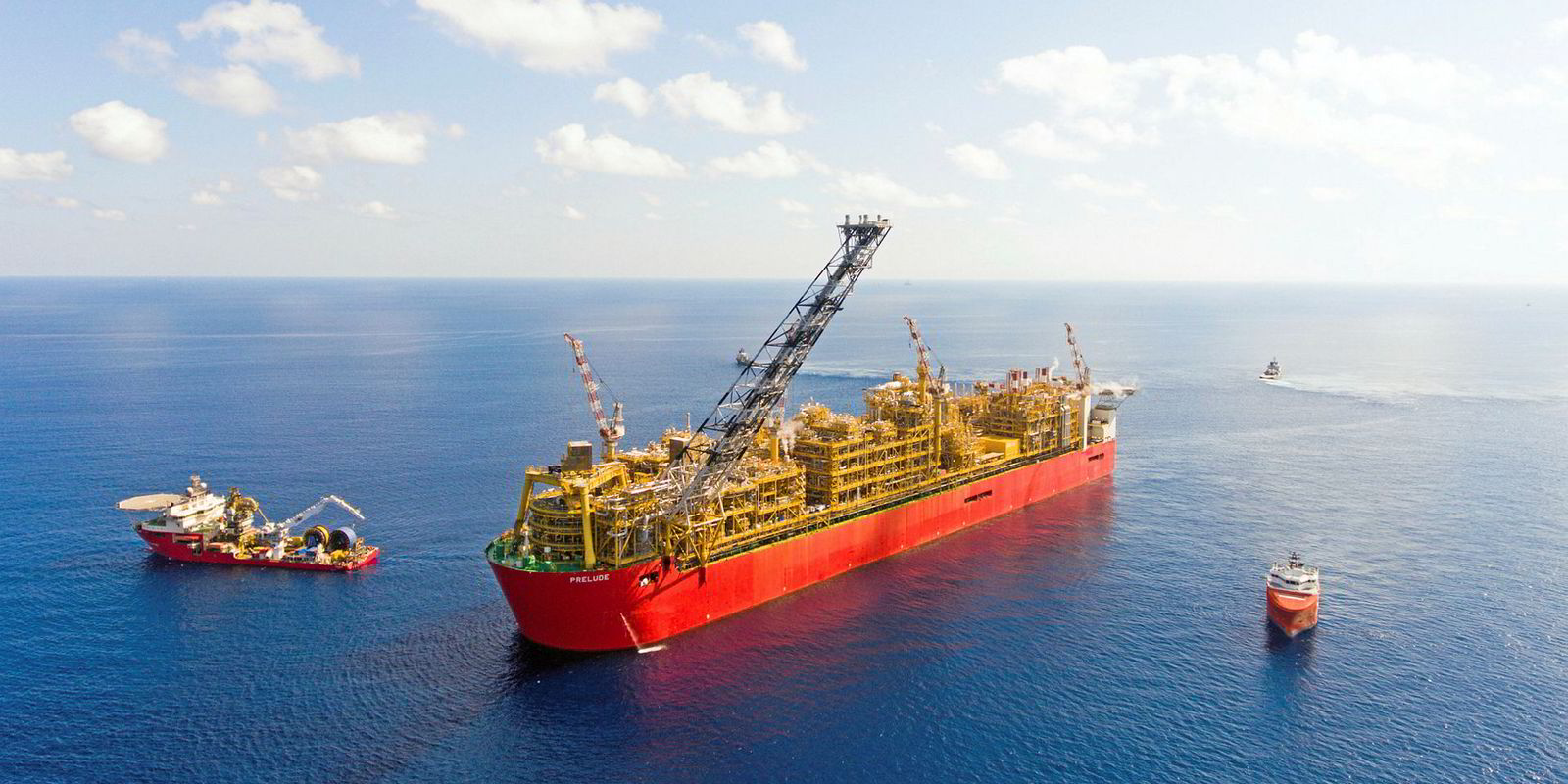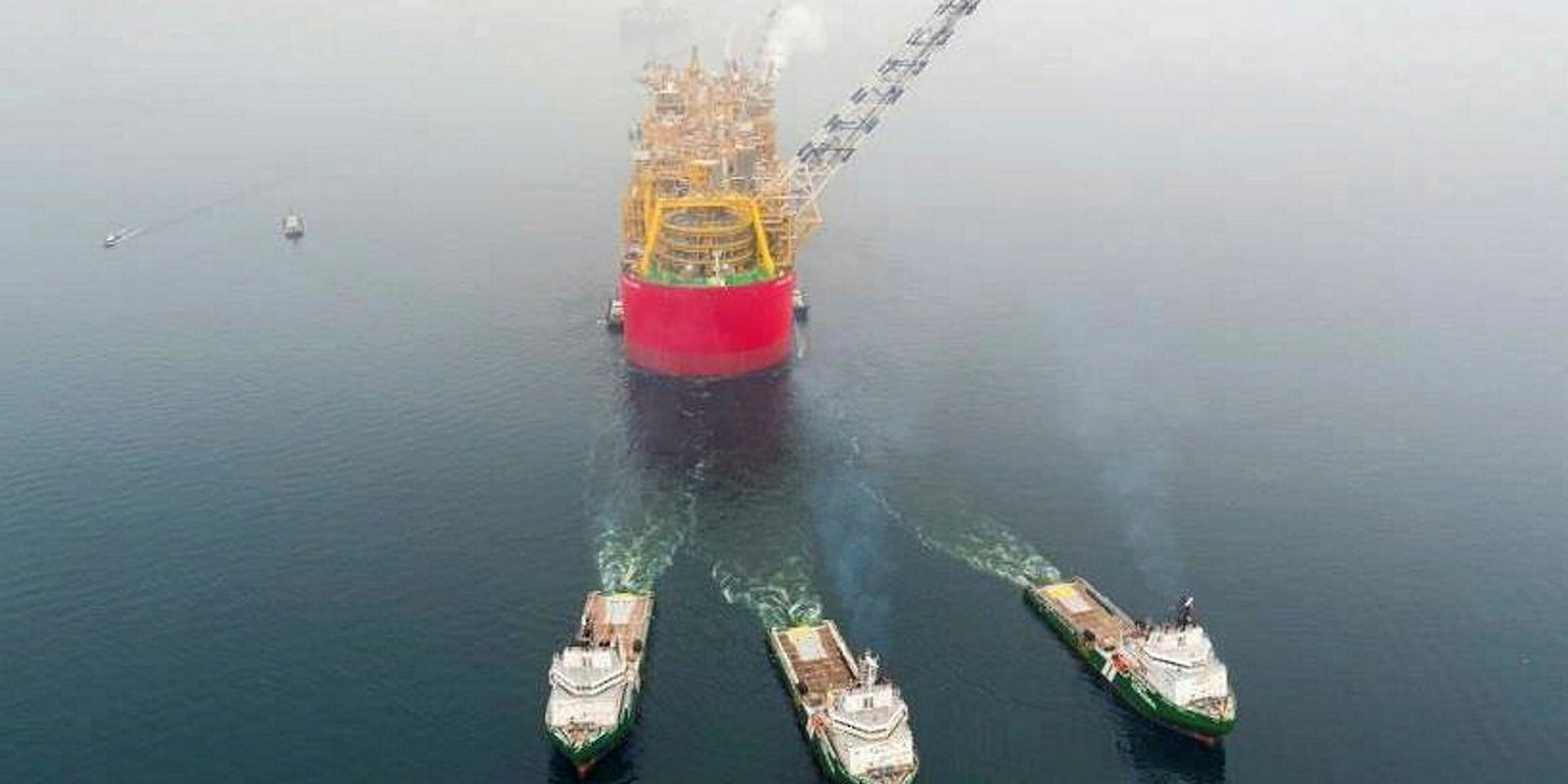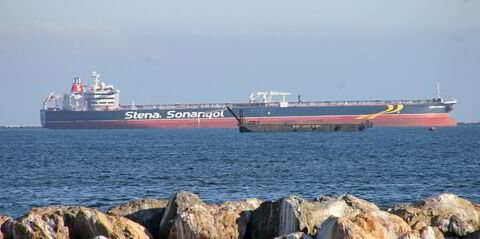Energy major Shell has started moving gas and condensate through its $12bn-plus floating LNG (FLNG) production unit off north west Australia, as it begins to prepare for the initial exports from the plant.
The company and a shareholder put out statements over the Christmas holidays giving a rare update on production progress onboard Prelude FLNG.
Shell and Prelude shareholder Inpex of Japan said production wells at the plant had been opened, signalling the initial phase of production.
They added output will now be ramped up by moving gas and condensate through the facility.
Once this process is completed Prelude will be “stabilised” for the production of LPG and LNG, Shell said.
Prelude had been expected to start LNG production in 2018.
Company officials, while careful not to give a date, were quoted as saying Shell expected to see cash flow from Prelude this year.
In a reverse commissioning move, the 600,000-tonne, two-train unit took delivery of its first cooldown cargo in June. A second followed in October.
Parties close to these operations say mooring issues were encountered with both visiting vessels.
Flaring started from the unit, leading to speculation that these volumes were being used to test onboard systems, in advance of production start-up.
But recently Prelude shareholder Kogas said LNG production would start from the 3.6-million tonnes per annum floater in the first quarter of 2019.
Prelude, which is located around 475-kilometres northeast of Broome in Western Australia, will also be able to produce 1.3-mtpa of condensate and 400,000-tonnes of LPG.
At 488-metres long and 74-metres breadth, the unit is the largest floating structure ever built.
Prelude is expected to receive one LNG carrier per week on average once it starts full operations.
It looks set to become the third FLNG unit to be put into operation worldwide, after Petronas PFLNG Satu off Malaysia and Golar LNG's Hilli Episeyo in Cameroon.
Shell has a 67.5% interest in Prelude FLNG, with Inpex on 17.5%, Kogas 10% and Taiwan’s CPC 5%.
